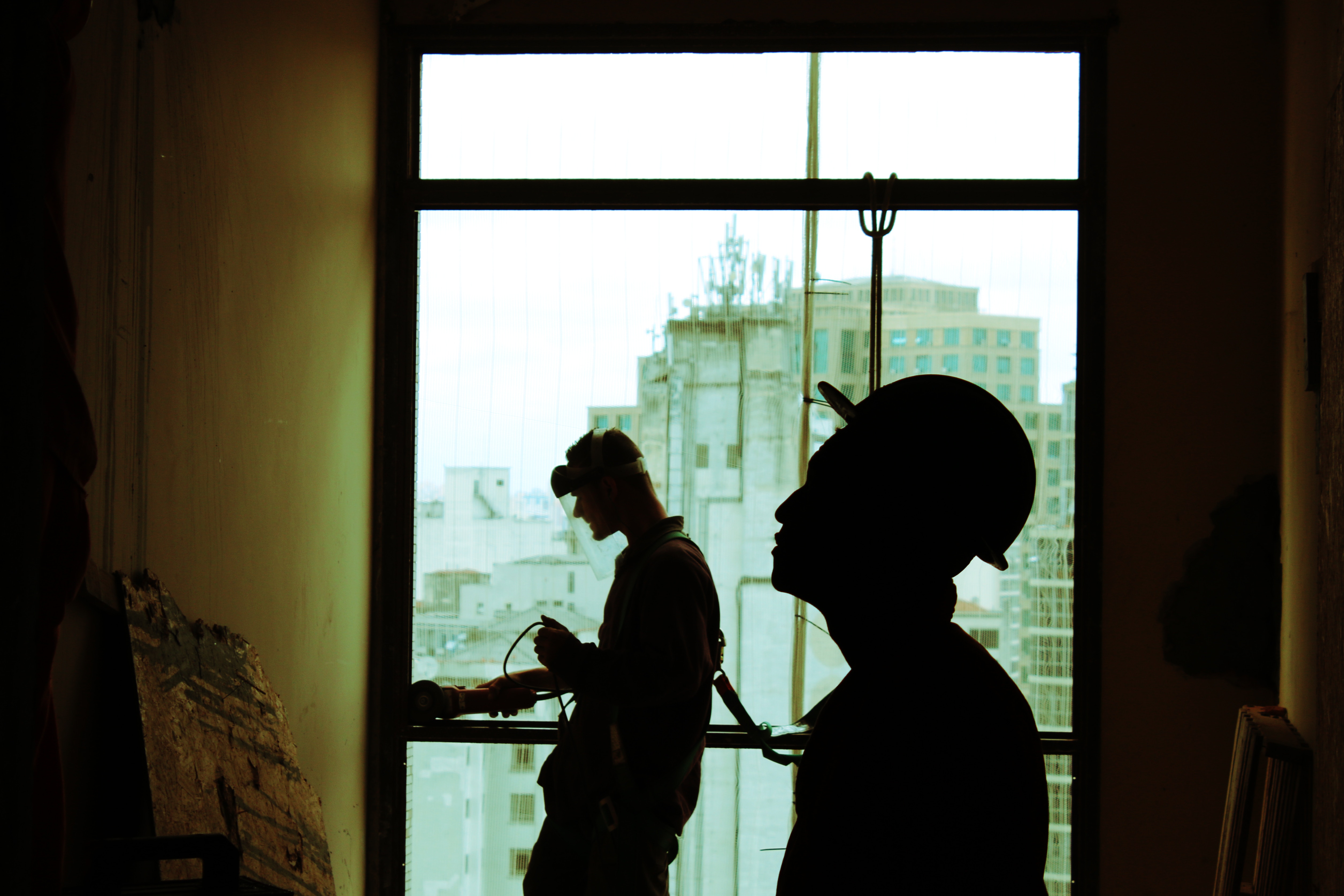The study of happiness goes back thousands of years. So much of it deals with the human brain. The experts—neurologists–remind us that the brain is still a mystery. Yet it is helpful at a layman’s level to understand some basic things about the way our brains function in relationship to happiness.
For the past few years Positive Psychology has helped. This discipline studies healthy minds as opposed to sick minds to get insights on the best way to live and be happy – thus the word “positive.” To summarize some of the discoveries:
- The multiple choices we have in life often stress us out and hurt our happiness.
- Good looking people aren’t happier than us less fortunate ones. They simply look better unhappy.
- After our basic needs are met, having more money doesn’t make us happier.
- Old people are happier than the young.
- Happiness is an inside job more than we ever thought—meaning that happiness leads to success more than success leads to happiness. This is revolutionary in itself.

One thing that rings true over and over again is that the things we think will make us happy usually do not deliver. So in the advice of Jerry Seinfeld to George Costanza, “Just do the opposite.”
Now the flipside of that is also true. When our mood is down—whether we are just blue or even depressed, the things that we feel will help overcome that emotional state will not deliver. They usually make things worst.
Let me give you six things to avoid. They are really action steps in reverse. When you feel like doing these things, then do the opposite. Trust the research on this or you will fall prey to their harmful results.
- Letting your motor stay in neutral. This could be as simple as pulling the covers over your head and avoiding the realities of the day. You feel powerless, lethargic, a lack of direction, or just defeated. Lying there and not overcoming inertia will simply make you feel worse. One of the best things you can do is get up, make your bed, get dressed for the day. You will feel more prepared for whatever the day may bring.
- Staying isolated from others. This is not about being an extrovert or introvert. We all need down time, but connecting with other people will boost your mood. We often, though, feel the opposite when we are down emotionally or depressed. Isolation makes it worse, and connecting with others helps more than you might think.
- Indulging in comfort activities. Comfort “treats” can be in the form of the things we eat, drink, or smoke. It can come in the form of shopping with the subliminal message-this will make me feel better. Often times it’s the mind numbing activity of losing ourselves in television, Facebook, or some other “time stands still” event. We know these comfort activities do not make us feel better in the long run. In fact, we usually end up feeling worse.
- Easing your personal accountability. “I think I’ll skip that workout today. I’m going to let myself off the hook.” Two problems result from this. First, when I stick to a personal commitment, my self-control is strengthened, right along with my self-esteem. Second, it’s a fact that exercise boosts my level of happiness. So doing the opposite of what I feel can turn a blue day into a better day. If nothing else happens, at least I feel better about what I accomplished—going to the gym, finishing that term paper, writing that dreaded report (or finishing this blog).
- Expressing my anxious thoughts. Knowing what is causing my anxiety or anger is a good thing. Self-awareness is always the major key to understanding where we are emotionally. Expressing it in unhealthy ways (the catharsis hypothesis), might seem to relieve those blue feelings, but studies show that it aggravates the anxiety and anger we are trying to overcome. If anger is a deeper issue, then get help. But by and large being a none anxious presence –- expressing yourself in a calm way -– will help you feel less anxious or angry, and will encourage a better response from others.
- Feeling before acting. This is at the CORE of all the above. The truth? It’s easier to act your way into a feeling than it is to feel your way into an action. Research shows that initiating motion before emotion can actually change the way we feel. It is the key to better health and happiness.
To do the opposite of these six common strategies is counter-intuitive.
Doing the opposite of what we feel when emotionally down becomes a booster to our personal well-being.
Excuse me, now, while I go make my bed. 🙂


